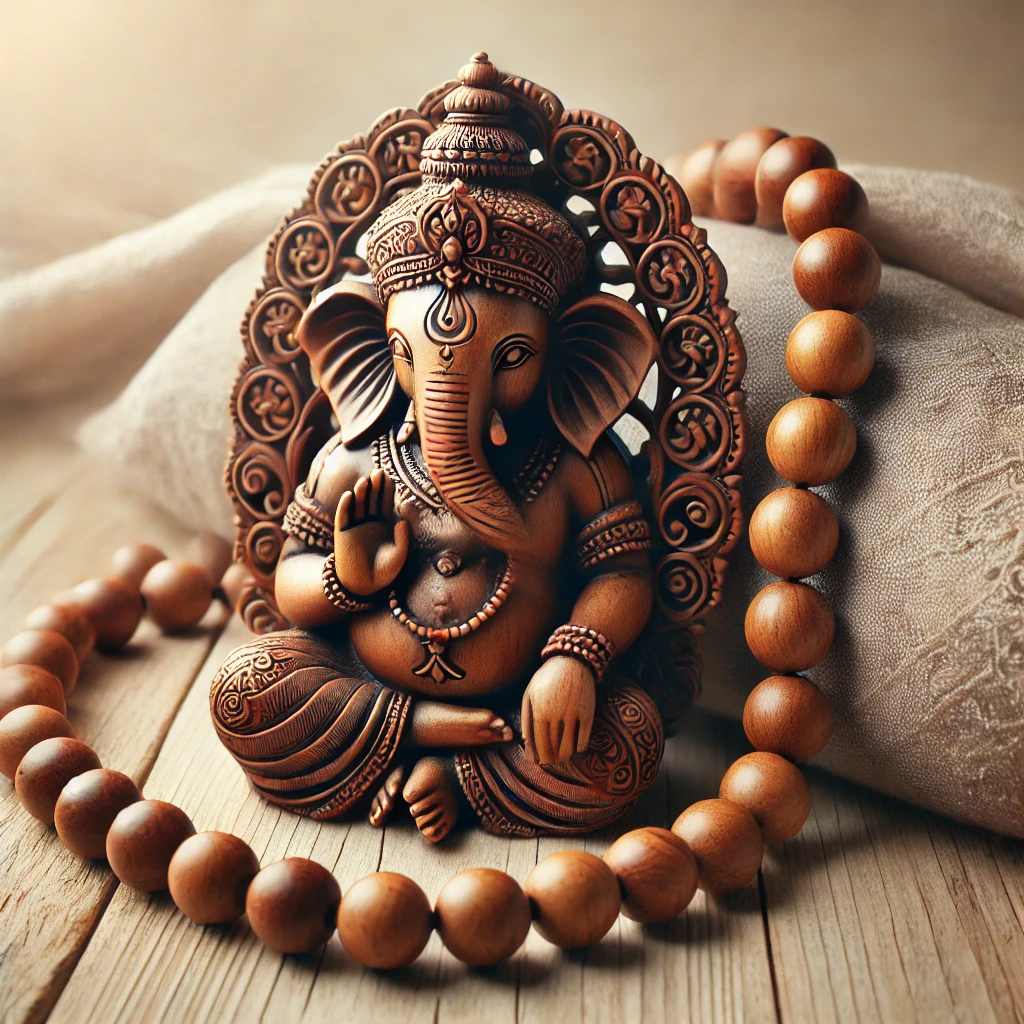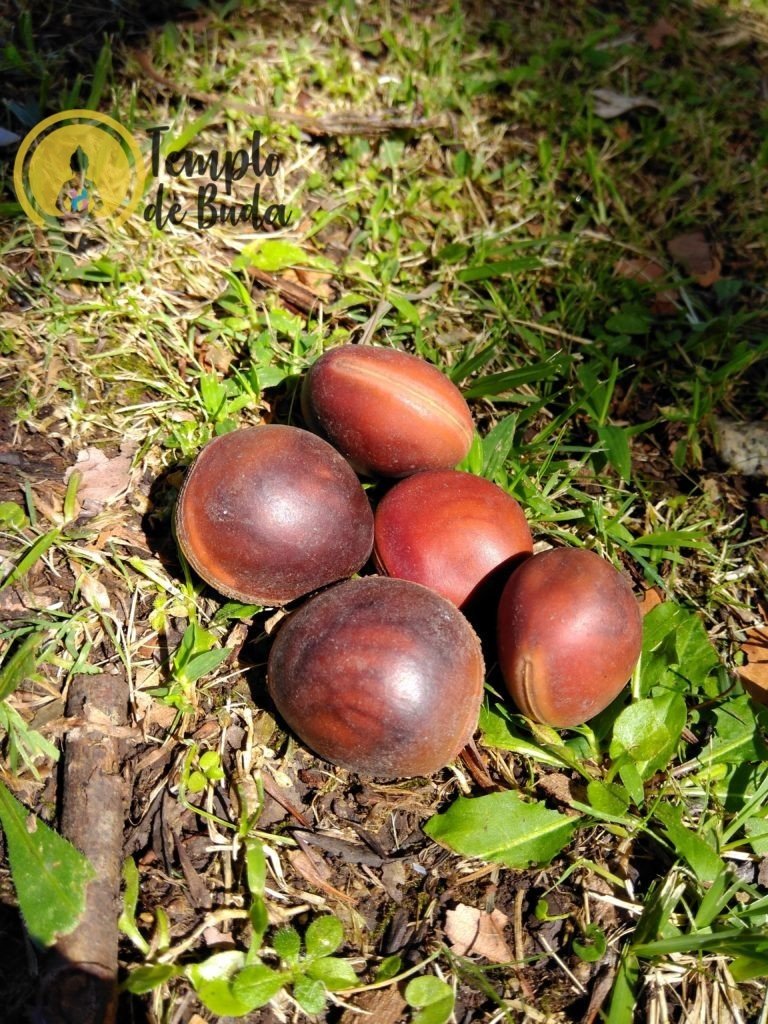Japamalas: Discover Their Types, Spiritual Benefits, and How to Use Them to Transform Your Life
Japamalas: Types, Benefits, and Complete Guide for Beginners
Japamalas: Discover the Types, Associations, and Spiritual Benefits
Japamalas, also known as meditation rosaries, are spiritual tools widely used in Hindu culture and other spiritual traditions. They combine beauty, meaning, and utility, providing a path to inner peace and connection with the divine. In this article, we will explore the types of japamalas, their associations with Hindu gods, their benefits, and how they can help in rituals and astrological remedies.
What Is a Japamala?
A japamala is a necklace or bracelet composed of beads that aid in the recitation of mantras. Traditionally, a japamala has 108 beads, representing an auspicious number in Vedic culture. However, there are also smaller versions with 54 or 27 beads.
The Meaning of the Number 108
The number 108 is deeply symbolic in Vedic and spiritual tradition. It represents:
- Unity of the Universe: 1 symbolizes unity, 0 symbolizes emptiness or infinity, and 8 represents eternity.
- Cosmos and Being: There are 108 main nadis (energy channels) in the human body that connect to the heart chakra.
- Powerful Mantras: Reciting a mantra 108 times amplifies its energy and spiritual intention.
Similarities with Other Spiritual Objects
Christian Rosaries
Like japamalas, Christian rosaries are used to count prayers, such as the Our Father and Hail Mary. While the focus is on Christian devotion, the practice also promotes calm and concentration.
Islamic Masbaha or Tasbih
Used by Muslims to recite the 99 names of Allah, the tasbih is similar to the japamala in its meditative function.
Buddhist bag
In Buddhism, the mala also has 108 beads and is used for the recitation of mantras during meditation, symbolizing purification and spiritual enlightenment.
Types of Japamalas
Crystal Japamalas
Made with precious and semi-precious stones, such as quartz, amethyst, or tiger’s eye. These japamalas are known for amplifying energies and bringing specific benefits, such as healing, protection, or mental clarity.
Wooden Japamalas
Produced with sacred woods like sandalwood or neem tree. They are popular for their simplicity and ability to balance spiritual energy.
- Red and White Sandalwood: Sandalwood is one of the purest and most auspicious woods, with unique properties and deep meanings. Red sandalwood (“Rakta”) is associated with goddesses, especially Lakshmi, and symbolizes wealth and prosperity. It is used to invoke blessings and attract calm and a positive state of mind. On the other hand, white sandalwood, with its sweet and refreshing aroma, is ideal for the worship of gods and the recitation of mantras, being valued for its medicinal and spiritual properties. Praying with sandalwood beads during meditation has a profound therapeutic effect.
Rudraksha Seed Japamalas
The rudraksha seed is considered one of the most powerful in Hinduism. Associated with the god Shiva, it promotes protection, peace, and spiritual clarity.
Natural Material Japamalas
Made from shells, bones, or various seeds, they connect the practitioner to nature and primordial energy.
Customized Japamalas
They can combine different materials, such as crystals and wood, to meet the specific needs of the user.
How to Use and Care for Your Japamala
Usage and Storage
- Japamala Bag: It is important to store the japamala in a special bag or case. This not only protects it physically but also preserves its spiritual energy. During meditation, the bag can be used to count the beads discreetly.
- Avoid Direct Contact with Surfaces: Do not place the japamala directly on the ground or impure surfaces to maintain its purity.
How to Clean
- Regular Purification: Clean the japamala with pure water or milk to remove accumulated energies.
- Incense and Mantras: Use incense like sandalwood or palo santo and recite mantras to energize the japamala.
- Avoid Chemicals: Never use harsh products to avoid damaging the natural materials.
- Proper Storage: Keep the japamala in a clean and sacred place, such as an altar.
Mantras Associated with Planets and Chakras
Each planet and chakra has specific mantras that can be recited with the japamala to bring balance and healing:
Ketu: Om Ketave Namah – Crown Chakra (Sahasrara)
Sun (Surya): Om Suryaya Namah – Solar Plexus Chakra (Manipura)
Moon (Chandra): Om Chandraya Namah – Sacral Chakra (Swadhisthana)
Mars (Mangala): Om Mangalaya Namah – Root Chakra (Muladhara)
Mercury (Budha): Om Budhaya Namah – Throat Chakra (Vishuddha)
Jupiter (Guru): Om Gurave Namah – Heart Chakra (Anahata)
Venus (Shukra): Om Shukraya Namah – Third Eye Chakra (Ajna)
Saturn (Shani): Om Shanicharaya Namah – Root Chakra (Muladhara)
Rahu: Om Rahave Namah – Solar Plexus Chakra (Manipura)
Association with Hindu Gods
- Shiva: Rudraksha japamalas are highly associated with Shiva. They represent discipline and divine protection.
- Lakshmi: Crystal japamalas like citrine or green aventurine are often used to attract abundance and prosperity.
- Vishnu: Rosaries made of tulsi (holy basil) are dedicated to Vishnu, symbolizing purity and devotion.
- Durga and Saraswati: Crystal japamalas like white quartz or amethyst help in wisdom and spiritual protection, attributes of these goddesses.
Benefits of Japamalas
- Enhancement of Meditation: Facilitates concentration during mantra recitation.
- Energy Balance: Helps align the chakras and stabilize emotions.
- Spiritual Support: Promotes a sense of peace, protection, and connection with the divine.
- Astrological Remedies: When made with specific materials, they can mitigate the effects of unfavorable planets in the astrological chart.
- Physical and Emotional Healing: Especially when made with materials like rudraksha or crystals, the japamala aids in healing imbalances.
Japamalas in Rituals and Astrological Remedies
Japamalas are widely used in rituals to recite mantras dedicated to specific gods. They also play a fundamental role in astrological remedies:
- Purification Rituals: Crystal japamalas help cleanse negative energies.
- Planetary Alignment: Rudraksha seeds can neutralize the effects of Saturn (Shani) and Rahu.
- Spiritual Strengthening: Sandalwood is used to calm the mind and improve concentration.
How to Use and Care for Your Japamala
How to Use
- Choose the Right Time: Meditation with japamala should be done in a quiet place, preferably at dawn or dusk.
- Sit Comfortably: Maintain an upright posture, with the japamala in your right hand.
- Mantras and Intentions: Recite a mantra or set an intention while passing each bead between your fingers.
- Rhythm and Connection: Avoid rushing; focus on the energy and meaning of the mantra.
The Importance of Japamala in the Current Era
With the fast pace of modern life, japamalas offer a spiritual refuge. They not only aid in meditation and mental calmness but also help cultivate a sense of purpose and connection with the divine. Whether for beginners or experienced practitioners, regular use of a japamala can transform life, bringing serenity and harmony.



